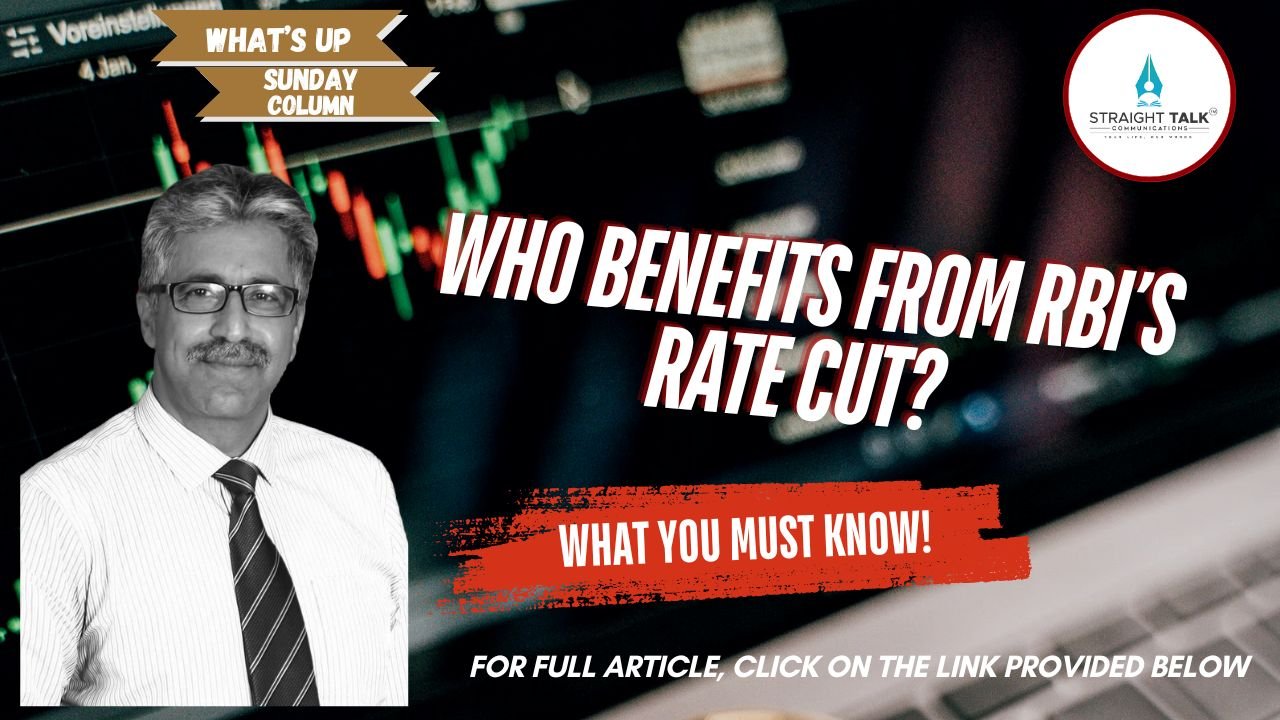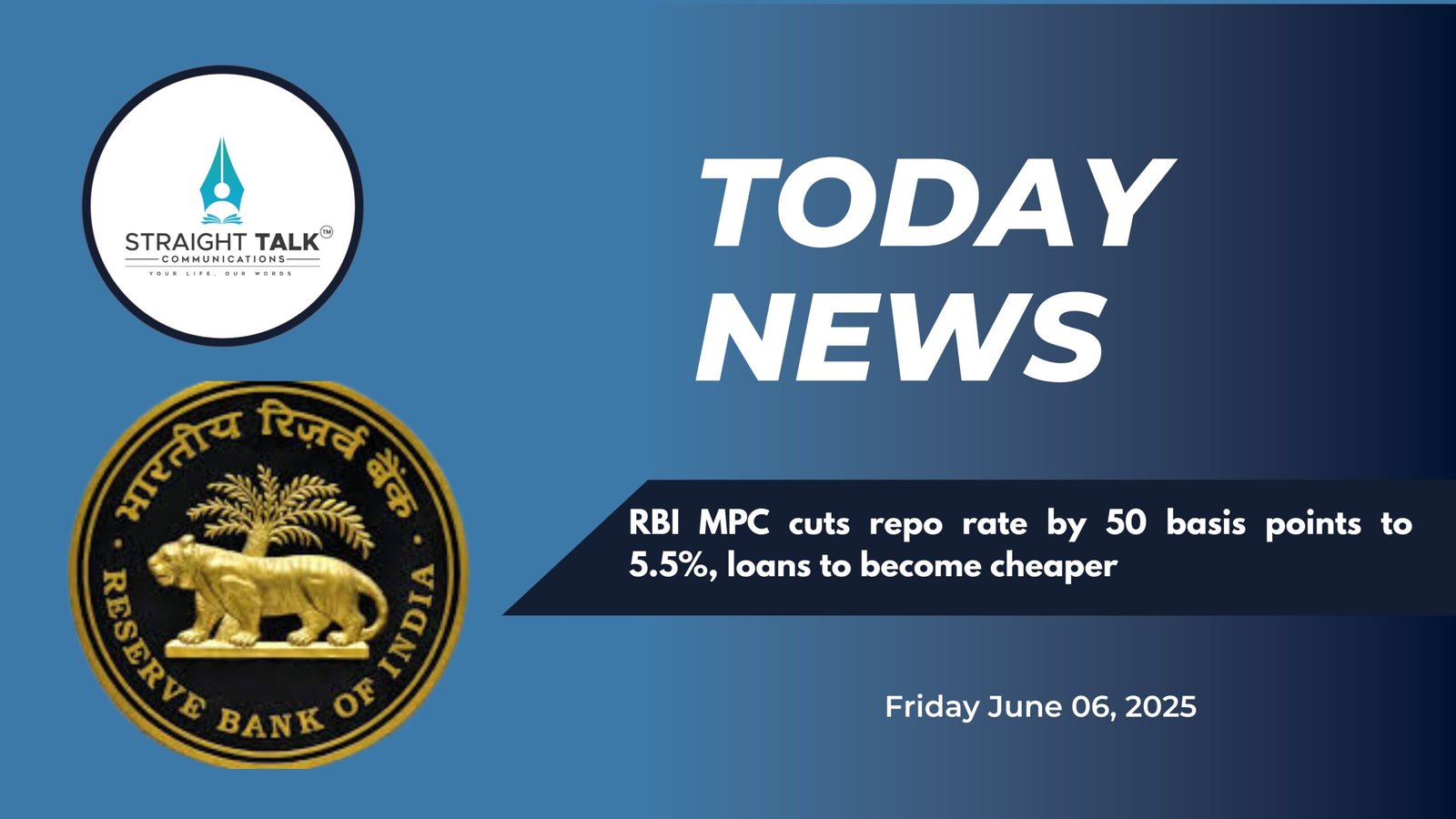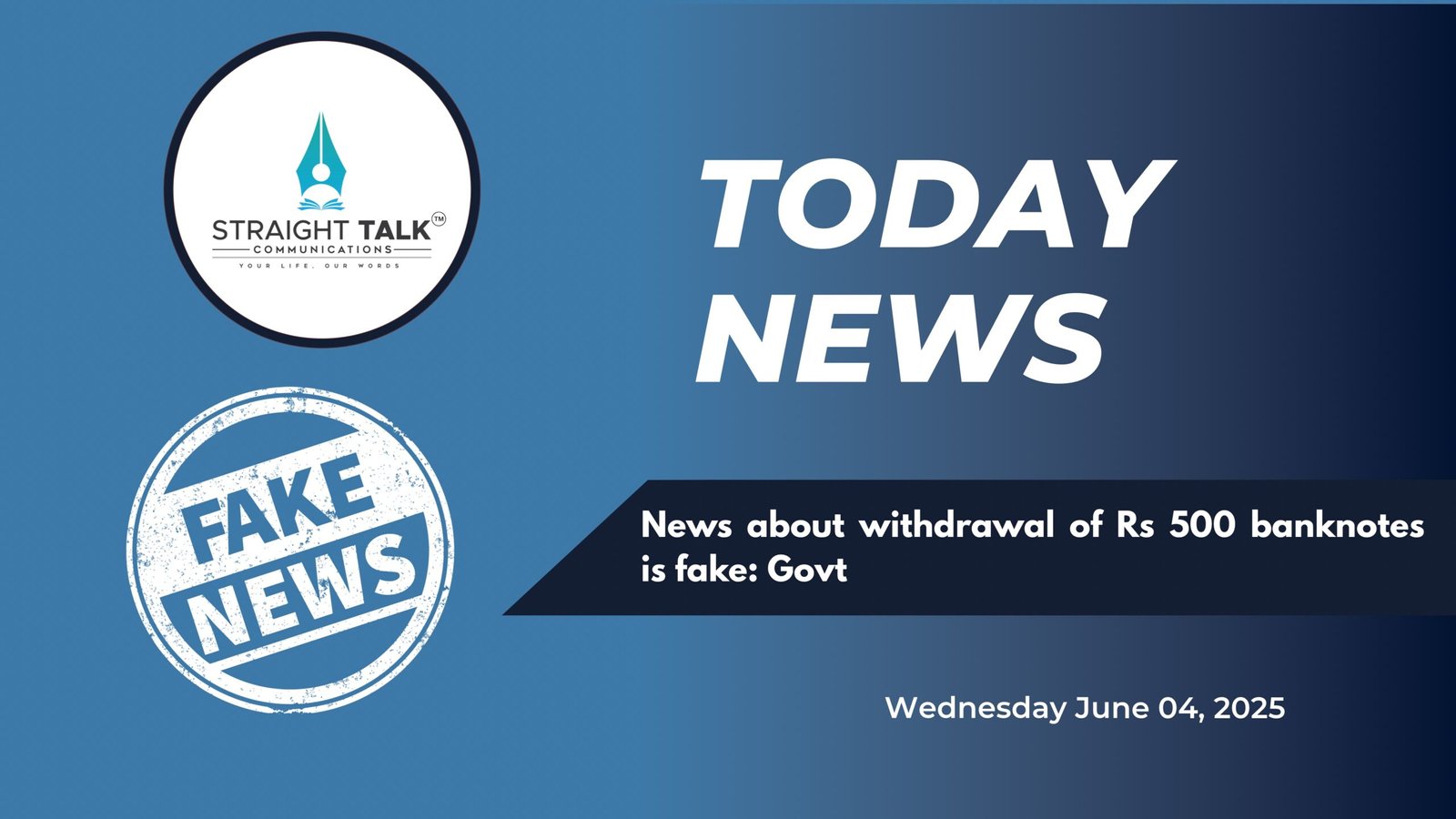Who Benefits From RBI’s Rate Cut?

Sajjad Bazaz
With the monetary policy committee of the Reserve Bank of India (RBI) cutting the repo rate by 25 basis points, various categories of economic and financial analysts have engaged themselves in pitching their calculations showing softening of interest rates on loans. Even as their calculations are technically sound, the transmission of this percentage of repo rate cut bears a question mark. Most of the time, as is revealed through past experience, the banks either pass only a portion of this rate cut relief to borrowers or totally ignore it. There is also a situation when banks passed on the interest rate cut benefit to borrowers, but simultaneously carved out innovative ways to levy some kind of recurring fee/charges on the borrowers to lessen their repo rate cut relief.
So, in view of the previous experience, there won’t be an impact to reduce the cost of borrowing for consumers of bank credit on the lines our financial experts are calculating right now. Ask any common borrower about his/her paying less Equated Monthly Installments (EMIs) after any rate cut, he/she will say a big ‘No’.
It’s not the percentage of interest rate alone that decides the cost of loan to a borrower, but there are other recurring costs that the borrower is made to pay during the currency of the loan. Most of the borrowers are not aware of the nature of these charges and don’t even bother to question their banks about levying of such charges. Even, those who ask their lenders about the charges, prefer to fall in line with the demand of the bank as the banks do everything to justify their action.
Unsecured Personal Loans :
Over a period of time, the RBI is uncomfortable with the escalating volume of unsecured personal loans despite making it mandatory for the banks and other regulated entities to maintain the risk weight of 125% on consumer credit instead of 100% mandated as earlier. By virtue of this direction, the banks have been forced to set aside a higher amount as loan provisioning. This situation left the banks and other regulated entities with no option but to raise the interest on loans even when the repo rate was kept unchanged for the period of 57 months (since May 2020)
Technically speaking, unchanged repo rate means the rate of interest on loans vulnerable to this policy rate such as personal, vehicle, housing, gold loans etc. were supposed not to change, with no impact on the Equated Monthly Installments (EMIs) of the borrowers. But banks flirted with interest rates and raised it while defying unchanged repo rate during the said period mentioned above.
Repo Rate, The Policy Tool:
Notably, the Repo Rate (repurchase rate) is the rate at which banks borrow funds from the RBI against any kind of collateral like treasury bills, gold, and bond papers. Whenever banks are short on money, they borrow it from the RBI. When the RBI lends money to banks, it charges banks interest on the principal amount of the loan. For example, if the repo rate is 6.5%, and the bank takes a loan of Rs.1,000 from RBI, then the bank will pay interest of Rs.65 to the RBI.
Actually, the repo rate is one of the crucial financial handles which drives the country’s economy. Its percentage is a benchmark rate used by banks to fix the rate of interest on loans across various sectors of the economy. The change in repo rate not only impacts rate of interest on loans, but the deposits also see changes in the percentage of interest.
Notably, several aspects of the economy are sensitive to changes in the repo rate, including inflation, currency exchange rates, and overall economic growth. Even as the repo rate is key to keep inflation under control, it affects the cost of borrowing and also acts as a money supply management tool. When inflation is to be curbed, the RBI raises the repo rate. This raises the cost of borrowing as banks have no alternative but to hike interest rates on loans to keep their cost of funds within their range. The high interest rates discourage borrowers to avail loans and as a result, banks witness drop in their lending activities. Ultimately, the overall money supply in the economy decreases as consumer spending declines. While impacting the demand side in the market, the inflation starts cooling down.
However, if inflation is low, then it means that there is less demand for goods and services. To promote spending and increase demand, RBI decreases the repo and reverse repo rates. As interest rates decrease for the banks, banks start to offer loans at a lower rate. Thereby people start borrowing the money and start to spend.
Watchful Borrowers:
Interestingly, with more and more common households banking upon loans to keep their domestic affairs afloat, the Reserve Bank of India (RBI) actions vis-a-vis rate of interest on loans are being closely monitored at common mans level. Be it employees in government and private sector, people engaged in big or small businesses, students, pensioners or street vendors, the RBI’s monetary policy stance announced at regular intervals has become their most concerning affair. today, the most technical terms in financial matters such as cash reserve ratio, statutory liquidity ratio, bank rate, repo rate, reverse repo rate etc. are no more hard nuts to crack for a common man. They understand that any flirting by the RBI with these policy rates has direct bearing on their household budgets. It’s the repo rate which is very closely monitored by common consumers. This rate decides the cost of borrowing for them.
Higher Risk Weights;
Now coming to the risk weights on unsecured consumer loans. It was on November 16, 2023, the RBI advised banks and other regulated entities to stick to 125% risk weight on unsecured loans. Even as the impact of the upward revision of the risk weights could vary among individual lenders depending on their exposure to unsecured loans, the move has led to higher interest rates on loans.
Bottomline:
There are various market factors other than the repo rate factor which trigger change in interest rates. Here, the borrowers have to act smart. They have to understand that the changed repo rate is no guarantee of a stable interest rate on their loans. A borrower must focus on his financial health to maintain it stable in all situations.
While opting for loans, it is always advisable to look beyond the initial years and calculate the potential impact that EMI payments will have on your future financial life. Ensure total EMI of your loans remains below 40 percent of your take home salary. Examples galore which suggest that anything outside this range puts a borrower into a debt trap. Don’t get lured to small/affordable EMIs. Always remember that your monthly budget and cash flow position is always changeable under the circumstances of repaying a bank loan. Check your net income (inflow) and expenditure (outflow) and the difference between the two will give you the quantum of your cash reserve. This cash reserve figure is the actual empowerment you possess to decide the amount of loan you can obtain and repay without any default.
To conclude, the power of a bank loan has two sides. It can either bring prosperity to you or leave you in a debt trap. It is just a matter of good financial planning.
As far as repo rate cut is concerned, banks take the most advantage of it, while as borrowers are left less privileged.
(The author is Editor-in-Chief, Straight Talk Communications. He is former Head of Corporate Communications & CSR and Internal Communication & Knowledge Management Departments of J&K Bank.)







